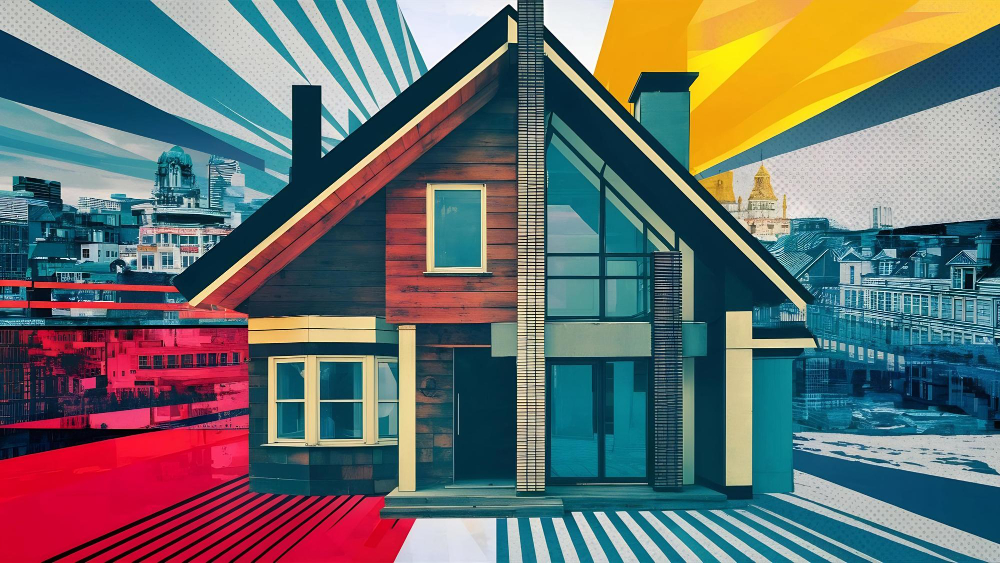The connection between personality and design preferences runs surprisingly deep. Research shows that extroverts often gravitate toward open floor plans, vibrant colors, and conversation-promoting furniture arrangements. These spaces facilitate the social interaction they crave, with multiple seating options and easy flow between rooms. Introverts, meanwhile, tend to create sanctuaries with cozy nooks, softened acoustics, and carefully controlled sensory experiences that allow for restoration after social engagement.
Beyond the introvert-extrovert spectrum, other personality dimensions manifest visually in homes. Those high in openness to experience often embrace eclectic designs that mix periods, cultures, and styles with confidence. Their spaces frequently feature unusual objects collected during travels or artistic pieces that spark conversation. By contrast, those who value tradition and consistency might create more conventionally cohesive interiors with matched sets and symmetrical arrangements.
Relationship with time also influences design choices. Forward-looking personalities often embrace cutting-edge design and technology, while those who feel nostalgic connection to the past might incorporate heirloom pieces and historical references. This temporal orientation can be seen in everything from furniture selection to how prominently family photographs are displayed.
Color psychology offers another window into the personality-design connection. Those who select bold, saturated colors for main living spaces often score higher on measures of optimism and energy, while preference for muted, sophisticated palettes correlates with thoughtfulness and analytical thinking. The truly interesting spaces often feature a balanced mix that reflects the multifaceted nature of the inhabitant’s personality.
Understanding this connection between self and space has profound implications for the design process. Rather than starting with what’s trending, beginning with introspection about authentic preferences, daily rituals, and emotional needs yields better results. The most successful designs aren’t just aesthetically pleasing—they’re emotionally resonant environments that support how one naturally moves through the world.

